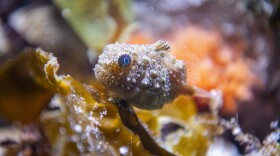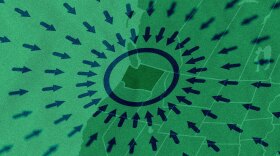The same type of tectonic earthquake that hit Japan - involving the collision of plates that make up the Earth's crust - could happen in the Northwest. Similar faults lie in the Cascadia subduction zone.
The head of the Pacific Northwest Seismic Network at the University of Washington, John Vidale, told The Seattle Times' Sandi Doughton the Cascadia fault last ruptured in 1700. Scientists believe it generated at magnitude 9 earthquake and a tsunami that may have been bigger than the one that battered Japan.
"It's the best example of what we're going to have, and I'm sure Japan is more prepared than we are."
Major earthquakes on the Cascadia fault occur every 400 to 500 years.
The magnitude 8.9 Japan quake was preceded by a series of magnitude 7 foreshocks that scientists will be studying closely, Vidale said. "We're very curious to see if something was going on that might have provided warning had they known how to interpret it properly."
Doughton writes the devastating 2004 quake in the Indian Ocean saw the placement of tsunami warning buoys that helped NOAA scientists predict wave flows after today's quake:
Two buoys off the coast of Japan picked up the tsunami wave minutes after the quake. That information allowed modelers in Seattle to predict the wave's path and its likely impact on Hawaii and the U.S. West Coast.
The NOAA researchers in Seattle are with the agency's Pacific Marine Environmental Lab. Their wave forecasts helped shape the tsunami advisory that was issued for Washington's coast today.






